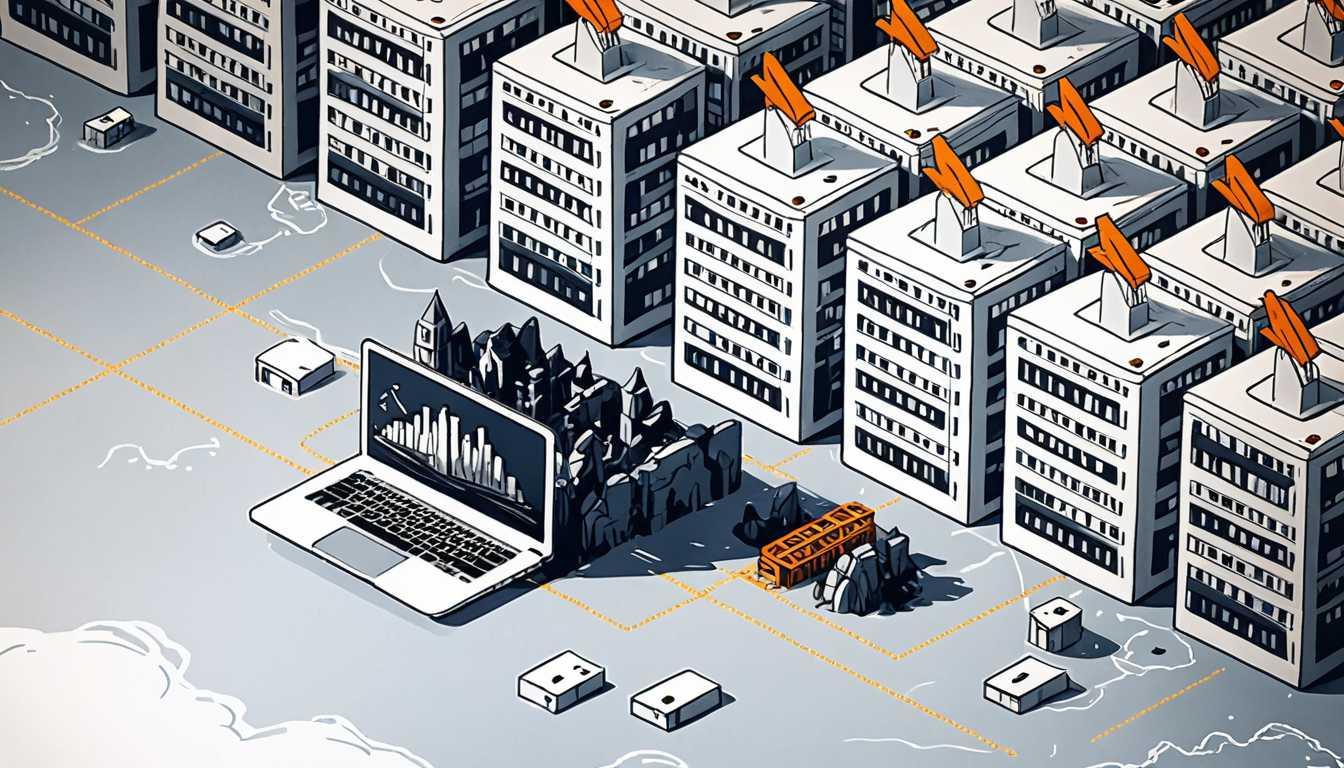AI's Energy Crisis: Powering the Future
December 2024
MIT Technology Review
Introduction
Hey there, future tech whizzes! Did you know that those boring data centers you pass might be polluting like crazy? A new article from the MIT Technology Review reveals that carbon emissions from U.S. data centers have tripled since 2018, putting them just behind airlines in the pollution race! AI companies are scrambling to find energy solutions, with some even looking at nuclear power. Dive into the article to uncover how this tech battle is heating up—literally!
READ FULL ARTICLEWhy It Matters
Discover how this topic shapes your world and future
Powering the Future of AI and Sustainability
The digital world you navigate every day, filled with social media, streaming, and games, relies heavily on data centers—massive facilities that store and manage information. Surprisingly, these buildings contribute significantly to greenhouse gas emissions, especially during the AI boom. Research shows that since 2018, emissions from these centers have tripled, making them a major source of pollution. This situation raises an important concern of how we should balance the growth of AI with the need for sustainability. As companies turn to nuclear energy and explore new locations for data centers, the global conversation about clean energy grows louder. Understanding the implications of these developments can empower you to think critically about technology's role in our world and how you can contribute to a more sustainable future.
Speak like a Scholar
Data Center
A facility that houses computer systems and associated components, such as telecommunications and storage systems, responsible for managing digital data.
Greenhouse Gas Emissions
Gases released into the atmosphere that trap heat, contributing to climate change, examples include carbon dioxide and methane.
Carbon Intensity
A measure of how much carbon dioxide emissions are produced per unit of electricity consumed.
Sustainability
The ability to maintain ecological balance by using resources in a way that does not deplete them for future generations.
Nuclear Energy
A form of energy produced from nuclear reactions, often considered a low-carbon option for generating electricity.
Interdisciplinary
Involving two or more academic disciplines or fields of study, promoting a broader understanding of complex issues.
Independent Research Ideas
Investigate the impact of data centers on local ecosystems
Explore how the construction and operation of data centers affect the environment around them, including wildlife and natural resources.
Analyze the role of nuclear energy in combating climate change
Examine how nuclear power can contribute to reducing greenhouse gas emissions and its potential as a sustainable energy source.
Study the global shift of data centers to Southeast Asia
Investigate why countries like Malaysia and Vietnam are becoming attractive locations for data centers and the implications for local economies.
Explore AI’s role in the future of warfare
Look into how AI technology is transforming military strategies and what ethical considerations arise from its use in combat.
Examine the social implications of AI-generated content
Delve into the effects of AI-created media on culture, creativity, and the potential consequences for traditional media industries.
Related Articles

Internet Heat: Your Next Hot Shower?
August 2023
MIT Technology Review

Generative AI: The Hidden Environmental Cost
January 2025
MIT News

Bricks: The Climate Game Changer
April 2023
MIT Technology Review

AI's Carbon Footprint Unveiled
December 2023
MIT Technology Review

Greening AI: The Future of Computing
June 2024
Caltech - Research News